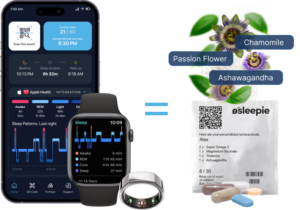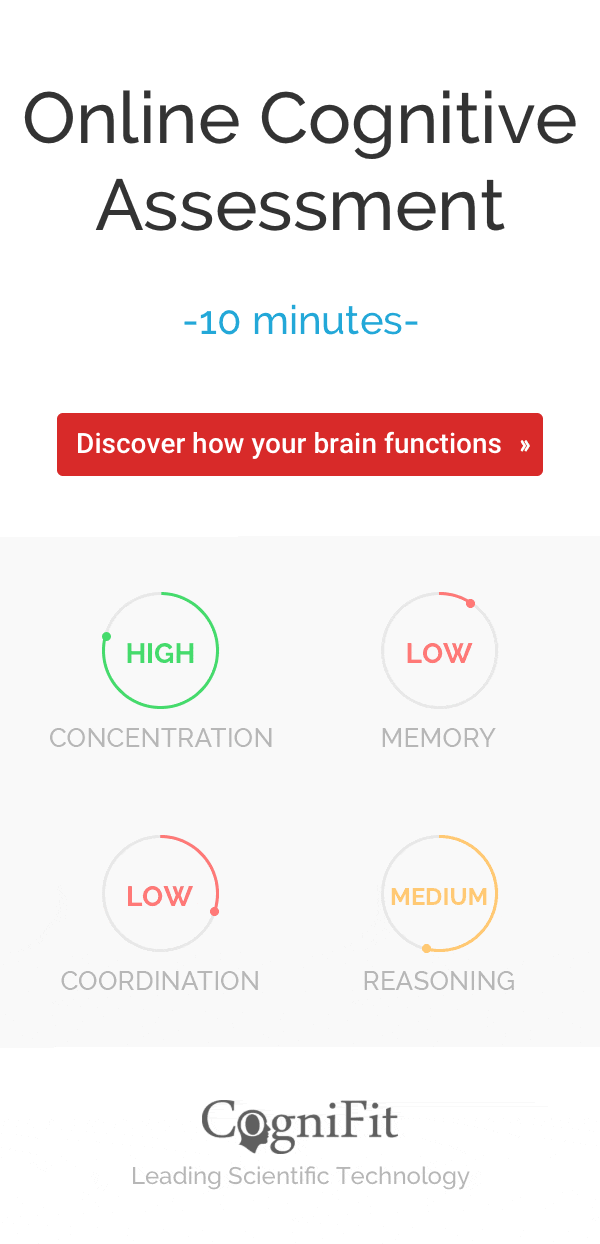
Math for Dyslexia – What It Is & What You Can Do
There are plenty of people out there that get the cold sweats as soon as they’re asked to do math. Or at least any form that doesn’t have the help of a computer or phone (or multiple fingers and toes).
But did you know that it’s more common than people think? Also, there are some that actually can’t do traditional math because their brains aren’t wired that way?
Today we are going to take a look at dyscalculia – math for dyslexia.
UNDERSTANDING MATH FOR DYSLEXIA BETTER
The first thing to understand is that the proper term is “dyscalculia” since mathematical dyslexia is not a real term – just one people have created because the actual word isn’t that well known.
- It affects 3-6% of the population
- Also, it’s a developmental, brain-based, hereditary learning disability
- Boys and girls are affected equally
- Can be thought of as a basic lack of “number sense” e.g. 11 is less than 15
Other “symptoms” can include slowness to memorize numerical facts, delays in the ability to count, having a hard time using fingers to count, times tables don’t help nor do traditional teaching tricks, and general anxiety around having to use numbers.
Things can be made even worse with extra wording around an equation. Something like “How many times does 10 go into 100” would simply create extra confusion or be completely meaningless. Sometimes, writing it out like 100/10= might help, but even so, the divide sign might still hold no mental cues. Things can get even harder when you deal with more complex equations like 4 x X = 12.
It gets even harder for educators because each child (or even adult) can be different in the severity of their learning disability and/or how they can unlock or deal with math in general.
MATH FOR DYSLEXIA – FINDING SOLUTIONS
- Those with this learning disability often have strong visual and spatial learning skills. So these should be leveraged in ways that use their visual and kinesthetic skills.
- Sometimes, part of the issue is having to deal with multiple steps. With this, all you have to do is write out each step. As the student completes each one, cross it out. Not only are you triggering their visual skills, but you’re also breaking down the steps into something more manageable and hopefully reducing any stress or anxiety.
- Target their “big picture” strengths. Having dyscalculia doesn’t make someone less intelligent. Math is finite, small picture – which doesn’t always work for everyone. They just have a different way of learning.
- For younger students, invest in visual aids or other objects that can help. Like a string of beads. For example, if you want them to divide 12 by 4, simply get them to count out 12 beads then put them into groups for 4.
- Use methods that relate to daily life. Like shopping, recipes, or other ways that use math. The real-life scenarios might help some kids.
- Don’t punish them if they can’t memorize something. Try visual aids (eg. posters or models) that help them understand the concept rather than trying to cram it into their long-term memory.
- Avoid “busy work” or unnecessary review – it only triggers stress.
- Don’t make them “show their work”
- Try not to force a system if it’s not working. Be flexible until you find something that clicks. When you do, chances are that they’re going to understand it very well.
- Traditional schools don’t always have the time for teachers to get enough 1-1 time to try and solve math issues. But do your best to target the student’s strengths and weaknesses.

CAUSES OF DYSCALCULIA
There have been many neuroimaging studies trying to pinpoint the cause of Dyscalculia. This technique allows researchers to look at brain activity and the central nervous system in real-time.
These scans have found that there is a deficit of neural connections in the part of the brain (the parietal lobe) that deals with any kind of math processing. But that’s not the only part that is affected
The prefrontal cortex, the cingulate cortex, the back of the temporal lobe, and many subcortical regions are also needed for someone not to struggle with numbers.
Dyscalculia disorder occurs due to a congenital condition, meaning it has a genetic component. Normally one of the parents of the child also had trouble learning math.
There are other possible causes related to this problem. Neurobiological brain disorders, neurological maturation failures, psychomotor alterations, and even memory problems related to the environment, such as maternal exposure to alcohol, drugs in the womb, or premature birth are some possible causes.
MATH FOR DYSLEXIA – CONCLUSION
Sometimes this learning disorder is never identified and goes on well into adulthood. Also, quick online tests aren’t enough to tell someone if they need help in this department. The real process requires hours of screening and proper testing.
However, it’s important to reinforce that someone struggling with math doesn’t make them unintelligent. If we break it down into the simplest terms possible – they don’t see numbers like most people do. And they just need help to be able to process the concepts and numbers in a way that works for them, maybe by trying our brain games.
There is always a way to break through.












